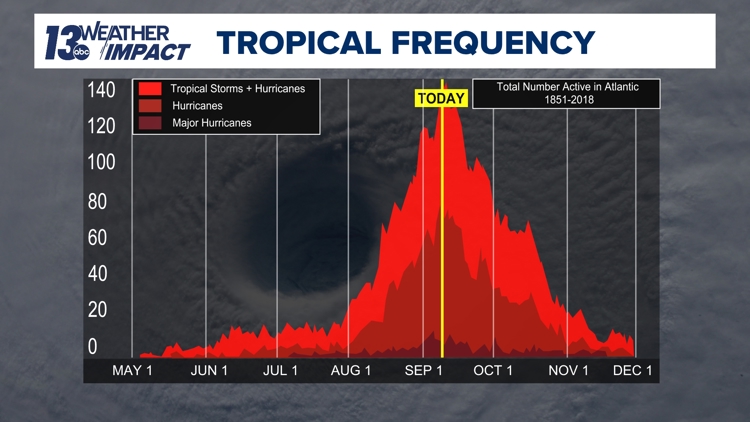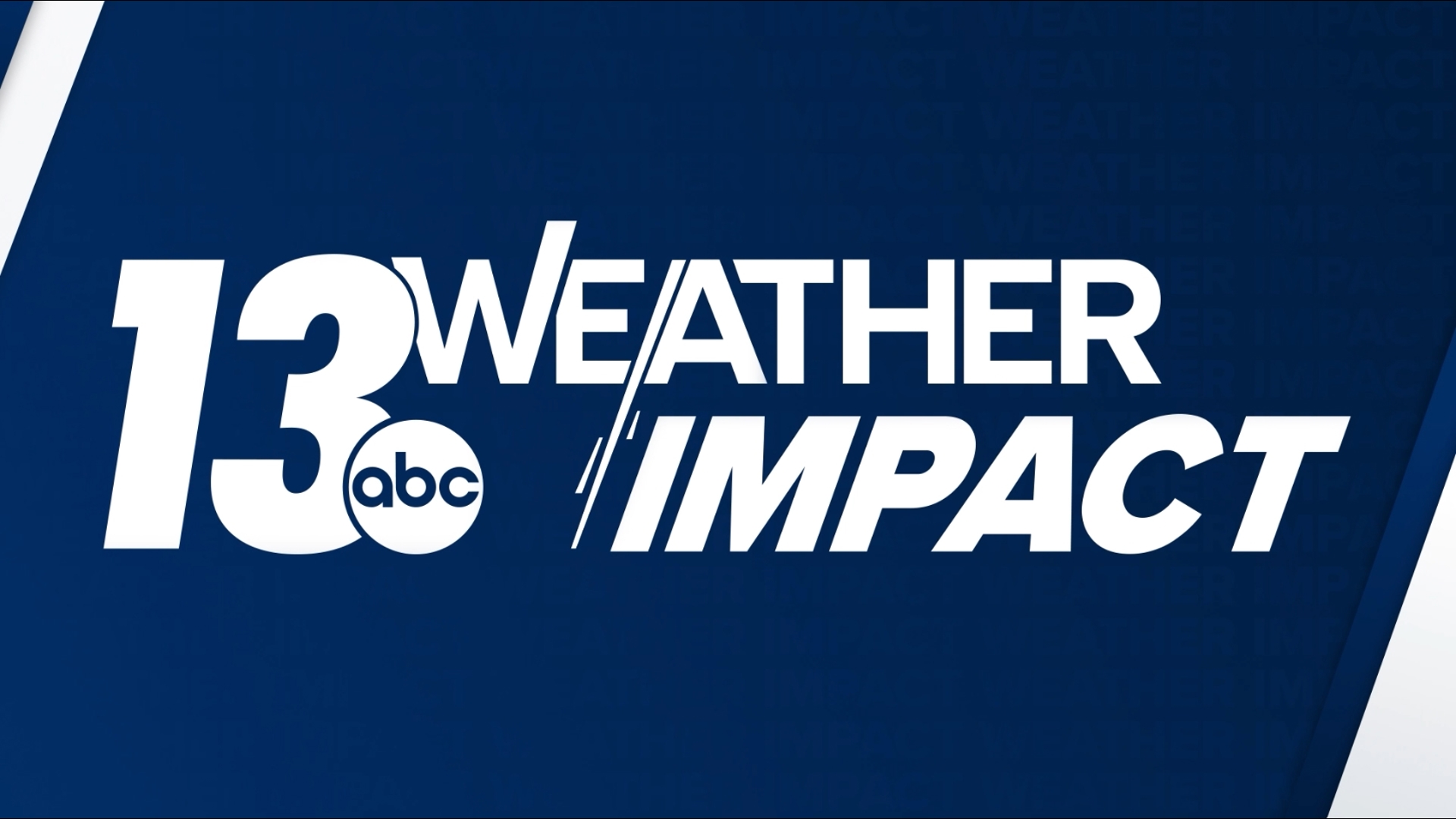Tuesday, Sept. 10 is the peak of the Atlantic Hurricane season.
During this time in the season, conditions are typically most favorable for hurricane development and when, on average, the most hurricanes occur.
This is due to warmer ocean temperatures and typically weaker wind shear. The seasonal peak is based on climatological data of when we see named storms in the Atlantic basin.

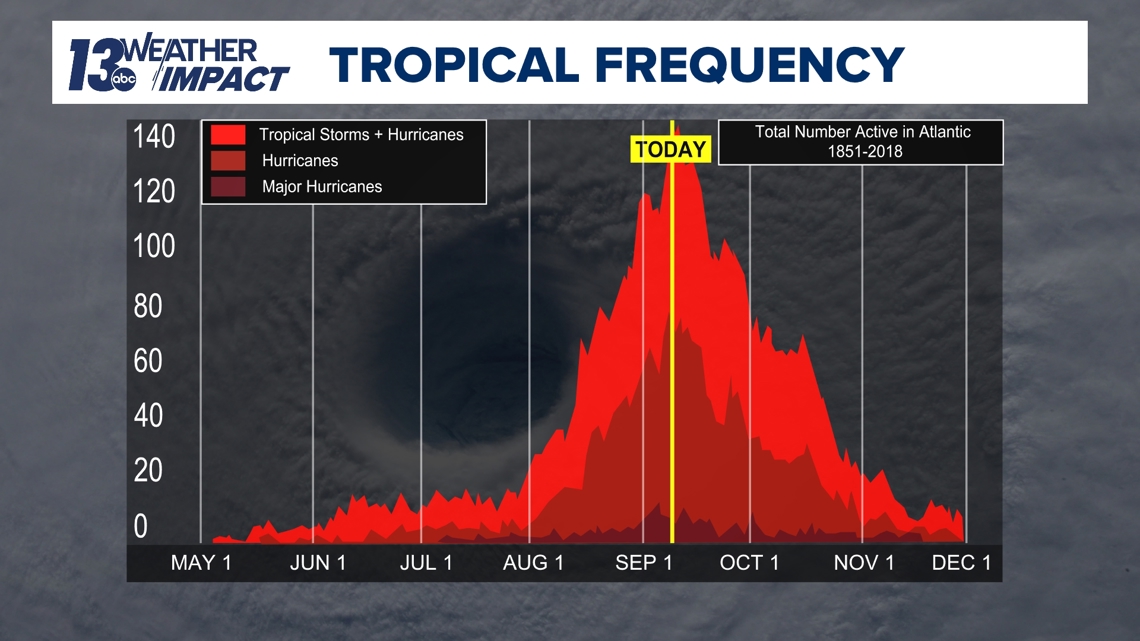
The forecast from the National Hurricane Center (NHC) calls for an “extremely active” season. The National Oceanic and Atmospheric Administration (NOAA) said this season could rank among the busiest on record.
In their mid-season outlook updated Aug. 8, the NHC forecasted 17-24 named storms. In order for a storm to reach tropical storm status and earn a name, winds would need to reach at least 39 mph.
Of those 17-24 named storms, 8-13 are expected to become hurricanes with winds of 74 mph or greater and 4-7 are expected to become major hurricanes with winds of 111 mph or greater. The probability of an above-average hurricane season is 90% according to NOAA.

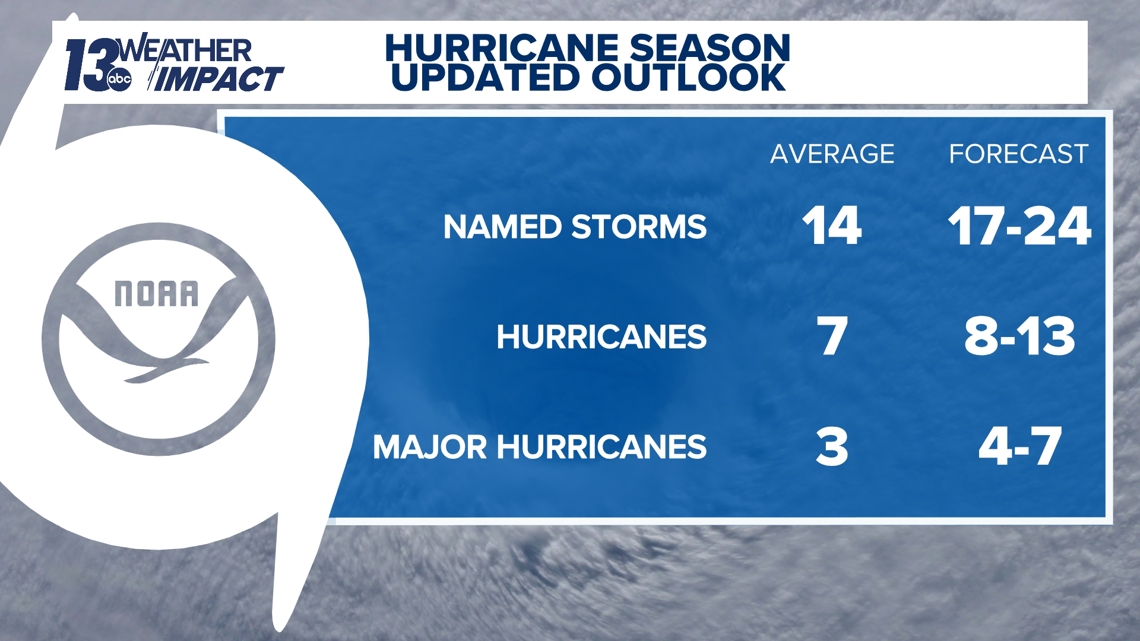
Season so far...
The season began June 1 and will end on Nov. 30. So far this season, we have seen five named storms, including two tropical storms, two hurricanes, and one major hurricane.

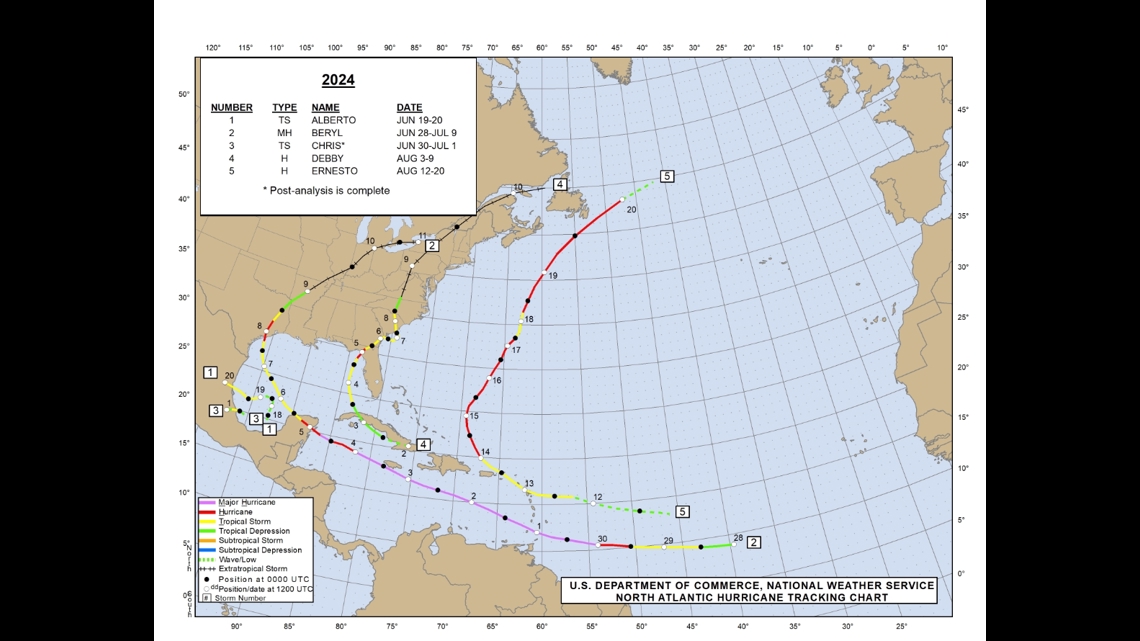
There were two storms that stood out from the rest: Hurricane Beryl and Hurricane Debby.
Hurricane Beryl rapidly strengthened to category 5 status on July 1, becoming the earliest category 5 hurricane on record in the Atlantic basin.
Beryl continued to plague communities for days after making landfall near Matagorda, Texas, even surviving as an extratropical storm into the Midwest.
West Michigan saw heavy rain from the remnants of Beryl with flash flooding closing roads.


Hurricane Debby made landfall as a category 1 hurricane in the Big Bend region of Florida.
Although only a category 1, Debby had catastrophic effects on much of the southeastern United States, including storm surge, damaging winds, and even tornadoes.
The most notable impact from Hurricane Debby though was caused by excessive rainfall with nearly a foot of rain dumped on many areas within the storm’s path.
The highest rainfall total was recorded in South Carolina at a whopping 22.02 inches. Flash flooding and river flooding plagued the southeast for multiple days with rainwater streaming into homes and washing out roads.


